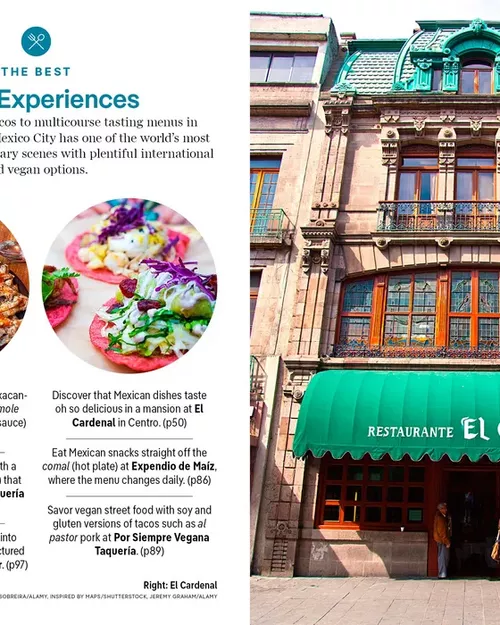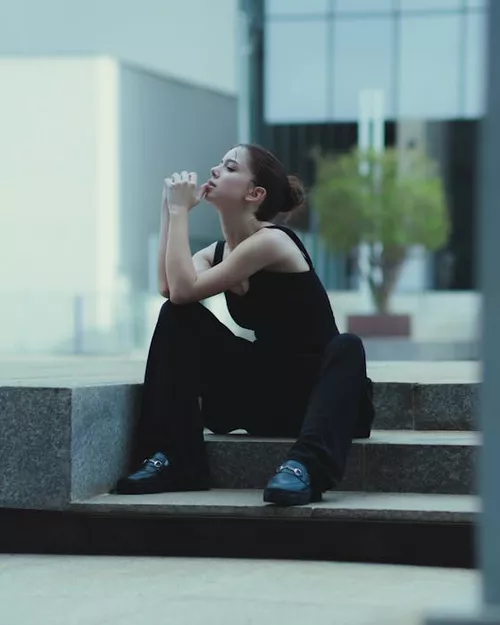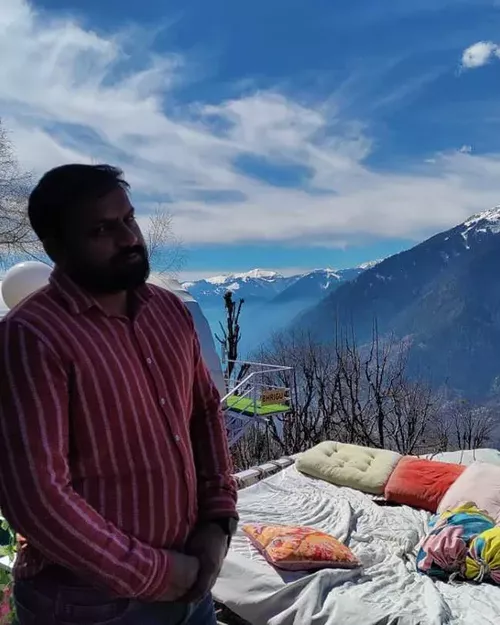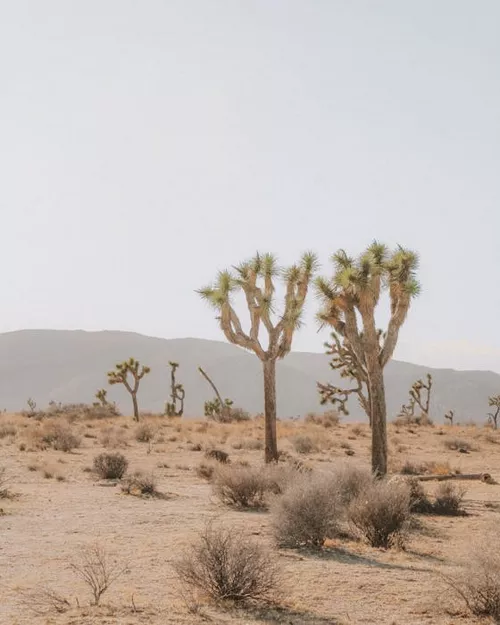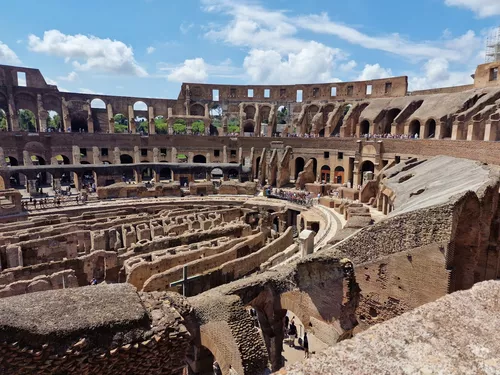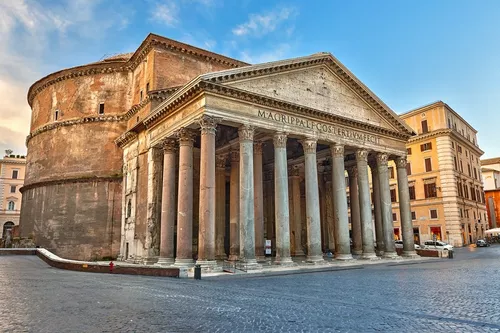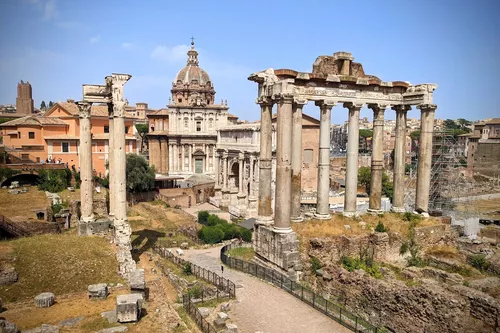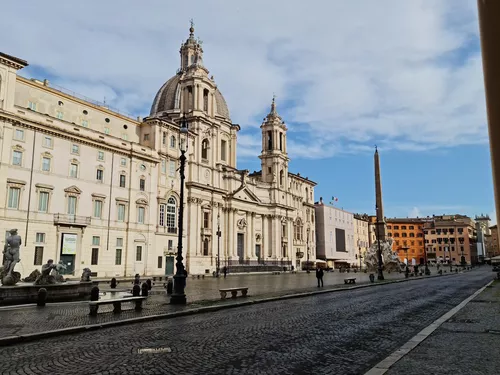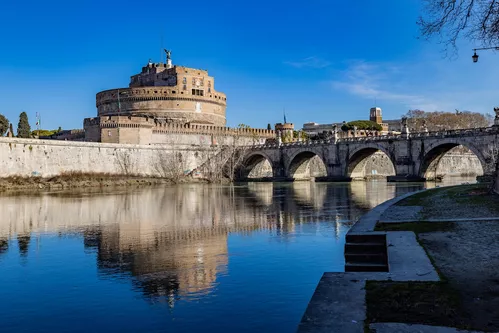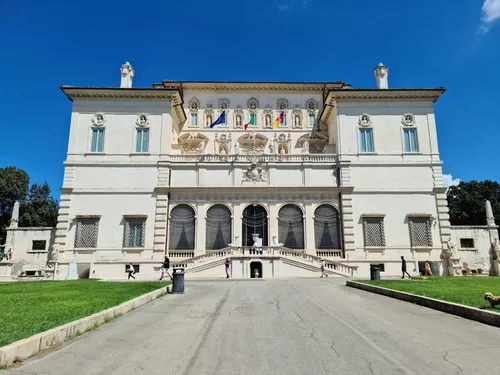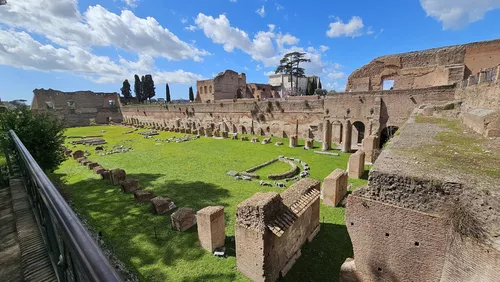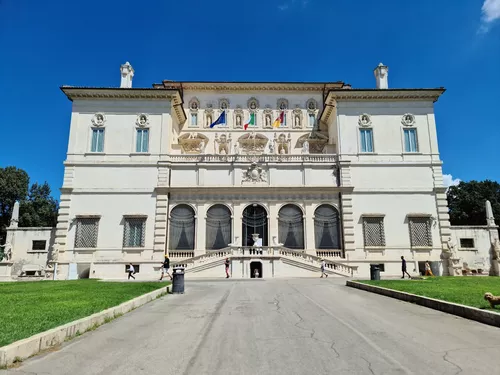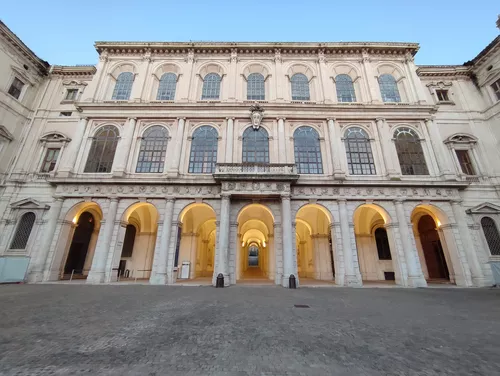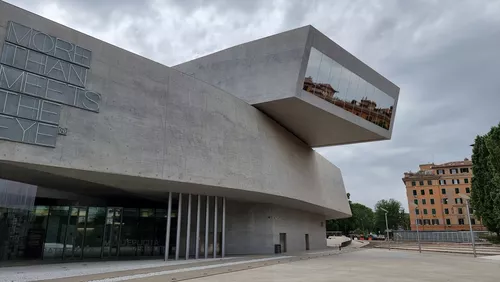Rome is popular for
Rome in next 3 month
Weather in Rome
December in Rome is cold and wet with moderate air quality.
Usual trip duration
A 3-4 day trip to Rome allows you to explore the iconic landmarks such as the Colosseum, Vatican City, and Trevi Fountain. You can also indulge in the delicious Italian cuisine and immerse yourself in the rich history and culture of the city.
Moderately expensive



